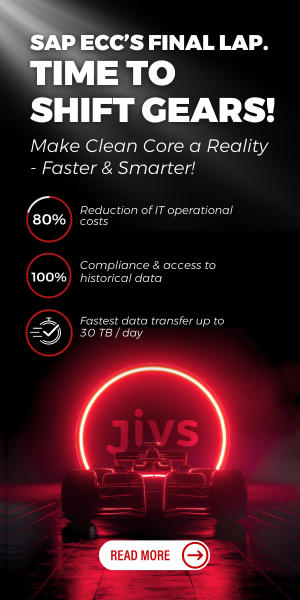As enterprise environments grow more complex with the acquisition of new technologies, the process of access management becomes trickier to handle. Managing a single identity across a multi-cloud enterprise can be even more challenging if an organization still uses static authorization policies or authorization that still relies on older, legacy policies.
Approaching access management with a dynamic mindset can be the key firms need to effectively and safely manage authorizations. Identity-security expert Delinea utilizes dynamic authorization within its platform to provide versatile and adaptable protection for enterprise data.
What defines dynamic authorization? Ultimately, the method is just a modern approach to determine access rights. What makes this process dynamic is how access rights are decided based on real-time factors. Where traditional legacy or static authorization methods will determine access on predefined roles, a dynamic authorization system is able to adapt to context-specific information.
As roles become more agile and worker roles change with the addition of whatever next-gen systems an organization decides to implement next, access needs aren’t as static as they used to be. With the addition of new tech stacks in a complex, cloud environment, new identities and the privileges that come with them need to be hastily created – something dynamic authorization can help with.
It’s also important to note that, while most cyberthreats will be external, according to a report from Orange Cyberdefense, 37.5 percent of detected incidents originate from internal factors, whether accidental or not. With dynamic authorization through the use of Delinea’s platform, internal risks, whether deliberate or not, can be detected and acted upon before any significant disruption happens.
Delinea’s platform can provide the dynamic authorization needed to effectively manage identity security risks. With the use of Privileged Access Management, or PAM, organizations can detect and contain privilege-based cyberattacks, while also providing the means to prevent any potential future internal and external privileged-based breaches. By having a clearer view and a tighter grip on exactly where privilege is provided throughout an organization, firms can significantly and efficiently improve their enterprise security and protection.






